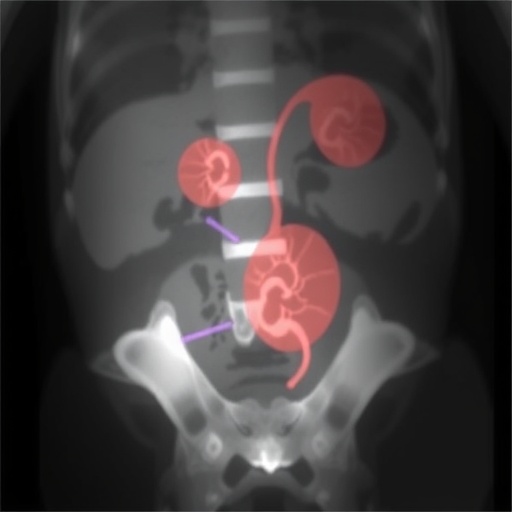Changing the route of entry for minimally invasive neurosurgery provides better outcomes for a wide range of interventions, and is preferred by patients.
PHILADELPHIA — For years cardiologists have threaded hair-like surgical instruments through arteries in the wrist, as an access point to perform procedures on the heart. For procedures in the brain, however, neurosurgeons more commonly thread instruments through arteries at the groin – a transfemoral approach. In the largest cohort study to date, new research from Jefferson (Philadelphia University + Thomas Jefferson University) demonstrates that transradial surgery, done via the wrist, is safe and effective for a broad range of neuroendovascular procedures, and gives patients faster recovery with less procedural risk.
“Despite improved safety shown in large cardiology trials, transradial brain surgeries via the wrist are much less common,” says senior author of the study and neurosurgeon Pascal Jabbour, MD, Professor of Neurological Surgery and the Chief of the Division of Neurovascular and Endovascular Neurosurgery, and researcher at the Vickie & Jack Farber Institute for Neuroscience — Jefferson Health. “Neurosurgeons tend to prefer the transfemoral approach on which many of us were trained. But our research demonstrates that all kinds of neurological procedures can be done effectively and even more safely via the wrist.”
The results were published in the journal Stroke on July 17.
Dr. Jabbour and his team, including first author Omaditya Khanna, MD, retrospectively examined the medical records of 223 patients treated at Jefferson via the transradial route. The procedures included diagnostic angiograms, mechanical thrombectomies, AVM/AVF embolizations, coiling, stent-assisted-coiling, WEB device placement and flow-diversion treatments of cerebral aneurysms, and carotid stent placement.
A subset of 66 patients who had undergone both transfemoral (groin) and a transradial (wrist) surgeries were selected to complete a satisfaction survey to assess their preference. The majority of patients, 94 percent, said they preferred surgery via the wrist.
In addition, it is easier to ensure a blood vessel in the wrist has clotted, and so patients can go home shortly after surgery, rather than laying horizontally for 4-6 hours after transfemoral surgery. “Laying flat after certain kinds of brain surgery should be avoided in cases with high intracranial pressure, and yet it’s the best way to prevent groin and internal bleeds,” says Dr. Jabbour. “For these cases surgery via the wrist is by far the safest option.”
One of the most compelling reasons to change practice, says Dr. Jabbour, is that it eliminates the risk of rare but potentially dangerous complications of post-surgical bleeds in the groin and retroperitoneal area, which can be difficult to detect. A pioneer in the field, Dr. Jabbour was one of the first neurosurgeons to perform brain surgery via the wrist and has continued to teach others this technique.
###
Article Reference: Omaditya Khanna, Ahmad Sweid, Nikolaos Mouchtouris, Kavya Shivashankar, Vivan Xu, Lohit Velagapudi, Geoffrey P. Stricsek, Abdelaziz Amllay, Pavlos Texakalidis, M. Reid Gooch, Stavropoula Tjoumakaris, Robert H. Rosenwasser, Pascal M Jabbour, “Radial artery catheterization for neuroendovascular procedures: clinical outcomes and patient satisfaction measures,” Stroke, DOI: 10.1161/STROKEAHA.119.025811, 2019.
Media Contact: Edyta Zielinska, 215-955-7359, [email protected]
Media Contact
Edyta Zielinska
[email protected]
http://dx.




